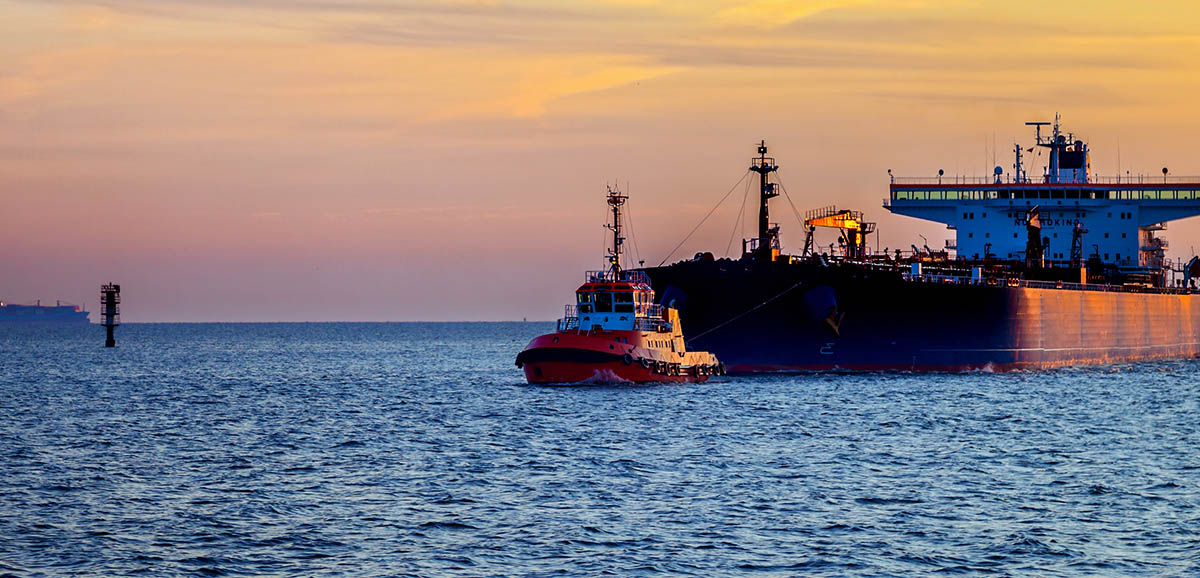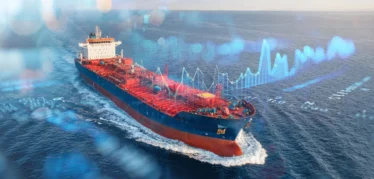It’s been about two months since IMO 2020 came into full effect.
The regulation caps the amount of sulfur in emissions from commercial shipping voyages at 0.5% worldwide and at 0.1% in certain emission control areas, making it the most drastic bunker regulation that the industry has seen.
As January 1 drew nearer, we saw industry participants strategizing on how best to reach compliance – whether to invest in scrubbers, how to effectively track consumption, what new low-sulfur fuel grades were entering the market, and even whether the IMO 2020 start date would be pushed back. Naturally, there was a lot of talk around the subject, as well as a lot of ambiguity on how the regulation would manifest itself in day-to-day operations and the industry at large.
So, how has IMO 2020 been playing out since its start date on January 1?
Further, how are industry participants navigating these changes? Which strategies are working, and where can we adjust to operate more efficiently? In working with hundreds of maritime professionals on their IMO 2020 strategy, we have identified some top-of-mind concerns for industry leaders since the regulation became effective.
Environmental Sustainability
The main driver behind this regulation, environmental sustainability is of high concern for the industry. The fact of the matter is that while maritime shipping is the principal force sustaining the global economy, it is also one of the highest polluting industries. Although the world’s shipping fleet accounts for just 7% of the oil used by the transportation sector, it generates 90% of its sulfur emissions. It is undeniable that this level of pollution must be addressed and managed, which was the impetus for IMO 2020.
With such a large change, the industry has experienced quite a shakeup. From concerns about the environmental effects of open-loop scrubbers, to recent studies revealing high black carbon emissions from some low sulfur fuel blends, to an uptick in older, less fuel-efficient ships being sent to scrapyards, and more – there has still been quite a bit of uncertainty since the environmental regulation has taken hold.
Like any systemic change, the move towards a sustainable future of shipping will not occur overnight. Incremental progress and iterative solutions are the industry’s best strategy for achieving lasting change. While most are aligned on the need for eco-friendly solutions, the realities of shifting shipping to a sustainable industry are complicated, and many potential means to address this goal are still in development. As such, it is crucial for maritime professionals to closely monitor and analyze their bunker consumption to discover the environmental, operational, and financial implications – and adjust as necessary to avoid costly error.
The emission regulations will continue evolving as corporate and social pressures grow, and as companies and regulatory bodies identify environmental sustainability as one of their priorities.
Scrubber Management
For those who have opted to install scrubbers for continued use of high-sulfur fuel (HSFO), a large focal point since the IMO 2020 start date has been proper scrubber management, from voyage planning through to financial reporting. Since January 1st, we have received feedback from a wide array of maritime professionals about challenges they are facing with scrubber management, including:
- Additional scrubber-specific contractual clauses and terms
- Potential scrubber breakdowns
- Growing scrubber bans
- Fuel availability and testing to ensure high quality
These operational challenges and unknowns must be accurately collected, analyzed, and reflected on the P&L. Vessel operators need the ability to switch from high sulfur fuel to low on any given voyage leg, which requires more granular bunker consumption control. Additionally, as more ports and countries place a ban on the washwater from open-loop scrubbers, operators will need to adjust their strategy accordingly and closely monitor the financial implications on P&L. With new fuel grades entering the market, varying fuel availability from port to port, and multiple fuel types and compatibility requirements to keep track of, it is becoming incredibly risky to manage fuel consumption without automated, real-time data in the context of your greater operational workflows.
The best strategy for managing these unknowns is to stay nimble, flexible, and up to date with what’s going on in the world. The power to remain flexible requires real time, contextual visibility into your operations, which allows you to make accurate business decisions, capitalize on opportunity, and avoid costly mistakes.
2020 and Beyond
As environmental regulations like IMO 2020 continue to evolve and shape the industry, there are many unknowns that still exist. In the face of this, maritime professionals are seeing a stronger need to optimize their operations and have granular transparency into bunker consumption. As we know, bunker fuel costs account for a significant proportion of total voyage expenditure. It is therefore essential to invest the time and resources in an effective strategy for bunker management. Agility and visibility are crucial to capitalizing on market opportunity and mitigating risk of costly errors due to misinformation, or lack of information.
For hundreds of maritime organizations, the secret to maintaining compliance while also maintaining profit margins is through automated and integrated digital solutions. To learn more about how Veson’s comprehensive digital solutions can help with regulatory complexity, visit this page.



 Aidan Williams
Aidan Williams
 Antoine Grisay
Antoine Grisay
 Josh Luby
Josh Luby